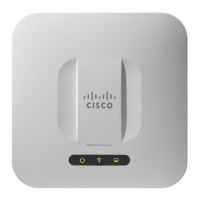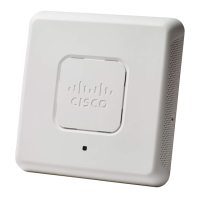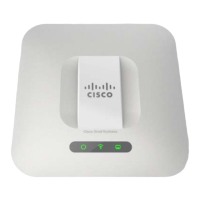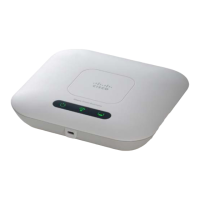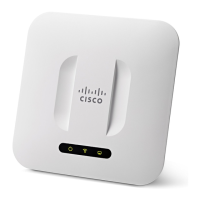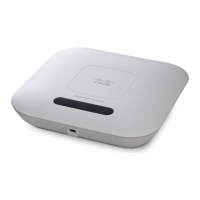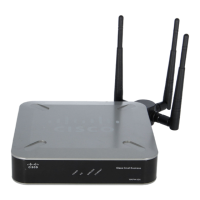CHAPTER 9
Cisco Umbrella
This chapter describes how to configure the Cisco Umbrella service. It contains the following topics:
• Cisco Umbrella, on page 103
Cisco Umbrella
Cisco Umbrella is a cloud security platform that provides the first line of defense against threats on the internet.
It acts as a gateway between the internet and your systems and data to block malware, botnets and phishing
over any port, protocol or app.
Using an Umbrella account, the integration will transparently intercept DNS queries and redirect them to
Umbrella. This device will appear in the Umbrella dashboard as a network device for applying policy and
viewing reports.
Step 1 Check the check box to enable the Cisco Umbrella functionality.
Step 2 Enter the Secret and API Key which you obtain from the Cisco Umbrella website in the required fields.
Log in to your Cisco Umbrella using: the URL: https://login.umbrella.com/ and go to the dashboard. Navigate
to Admin > Platform API Keys to add a name and create the Secret and Key information.
Note
Step 3 Enter the domain name you trust in the Local Domains to Bypass (optional) field and the packets will reach the destination
without going through the Umbrella. Items in the list should be separated by a comma, while the domains can include
wildcards in the form of an asterisk (*). For example: *.cisco.com.*.
This is required for all intranet domains and split DNS domains.
Note
Step 4 Enter a tag name in the Device Tag (optional) field to tag the device. The Device Tag describes the device or a particular
origin assigned to the device. Ensure it is unique to your organization.
Any change in the Secret, API Key and the Device Tag will trigger re-registration to create a network device.
Note
Step 5 Check the DNSCrypt check box to enable DNS encryption.
DNSCrypt is used to secure DNS communication between a DNS client and a DNS resolver. It prevents several
types of DNS attacks, and snooping. Default is enabled.
Note
Cisco WAP581 Wireless-AC/N Dual Radio Access Point with 2.5GbE LAN Administration Guide
103
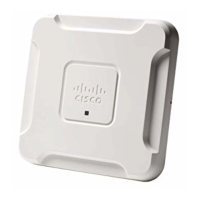
